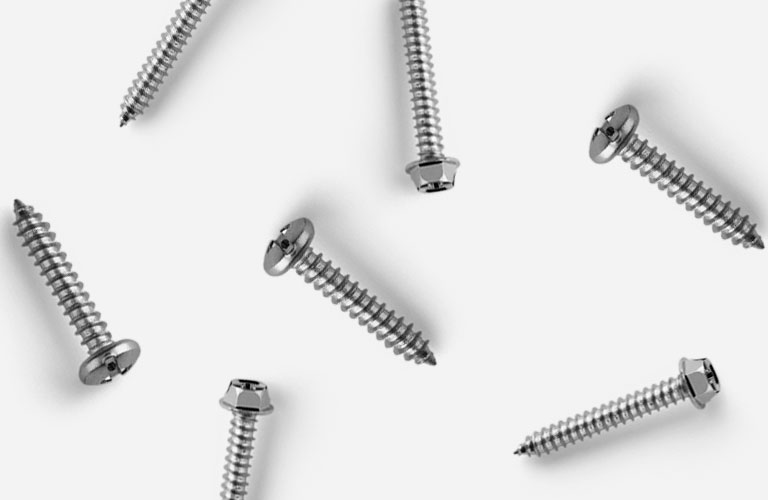Sheet metal screws are long, threaded fasteners used to attach thin pieces of metal to other surfaces. They come in a variety of sizes and thread pitc
Sheet metal screws are long, threaded fasteners used to attach thin pieces of metal to other surfaces. They come in a variety of sizes and thread pitches, and the type required depends on the thickness and weight of the material being attached.
There are two main types of sheet metal screws: self-tapping and standard. Each has different point, head and slot variations.
Type A
Sheet metal screws are fasteners used to attach or connect pieces of sheet metal together. They typically have a flat, round or hex head and can be made from carbon steel or stainless steel.
They are also available in many different lengths to fit the specific needs of your project. Some are as short as 0.50 inches, while others can be as long as 1 inch.
Type A – Coarse Spaced Threads
The main difference between these and other types of screws is that they have a fully threaded shank. Most other types of screws are tapered, meaning that the threads only cover part of their shank and are not centered. This can cause the screw to slip out of place if not tightened properly.
Another difference between these and other types of screws is their threaded tip. While most other types of screws have a blunt tip, type A sheet metal screws feature a sharp tip that can penetrate a variety of materials and come to a complete point. This makes them much easier to drive into the surface they’re working on, so they are often preferred over standard wood screws in applications involving sheet metal.
These types of screws are also available in other styles, such as bugle head, and can be coated with a variety of finishes to modify their appearance. For example, zinc- and nickel-coated screws are popular options for aesthetic projects.
They can be manufactured in a variety of materials, including stainless steel and aluminum. These types of screws are usually more durable and can withstand moisture better than their carbon steel counterparts, but they’re usually more expensive.
Some stainless steel screws are passivated, which helps prevent corrosion on the surface of the screw by making it more difficult for rust to form on it over time. This is especially helpful for screws that are going to be exposed to water or other chemicals.
While they can be made from a wide range of materials, sheet metal screws are most commonly made from carbon steel, since it’s economical and resistant to rust. Galvanized or stainless steel screws are also available for added durability and weather resistance.
Depending on the material, sheet metal screws can be either self-tapping or thread cutting. Both of these types require the proper size hole to be drilled into the material they’re working with, so make sure to choose the right screw for your project.
If you are trying to drill into a thicker or harder material, you may need to use thread cutting screws instead of self-tapping screws. These types of screws have a cutting flute at the tip that acts as a tap to create mating threads in the material, so it’s important to use the correct size hole.
They can be used for a wide range of applications, such as securing doors and windows to their frames. They can also be used to attach panels and other types of trim to doors and windows.
They are also available in a variety of head styles, such as bugle and flat heads. These types of screws are usually classified by their diameter, length and thread count. A 4-32 x 1-1/2 inch sheet metal screw is considered a 4-32 thread count, while a 3-32 x 1/8-inch screw is considered a 3/32-inch thread count.

COMMENTS